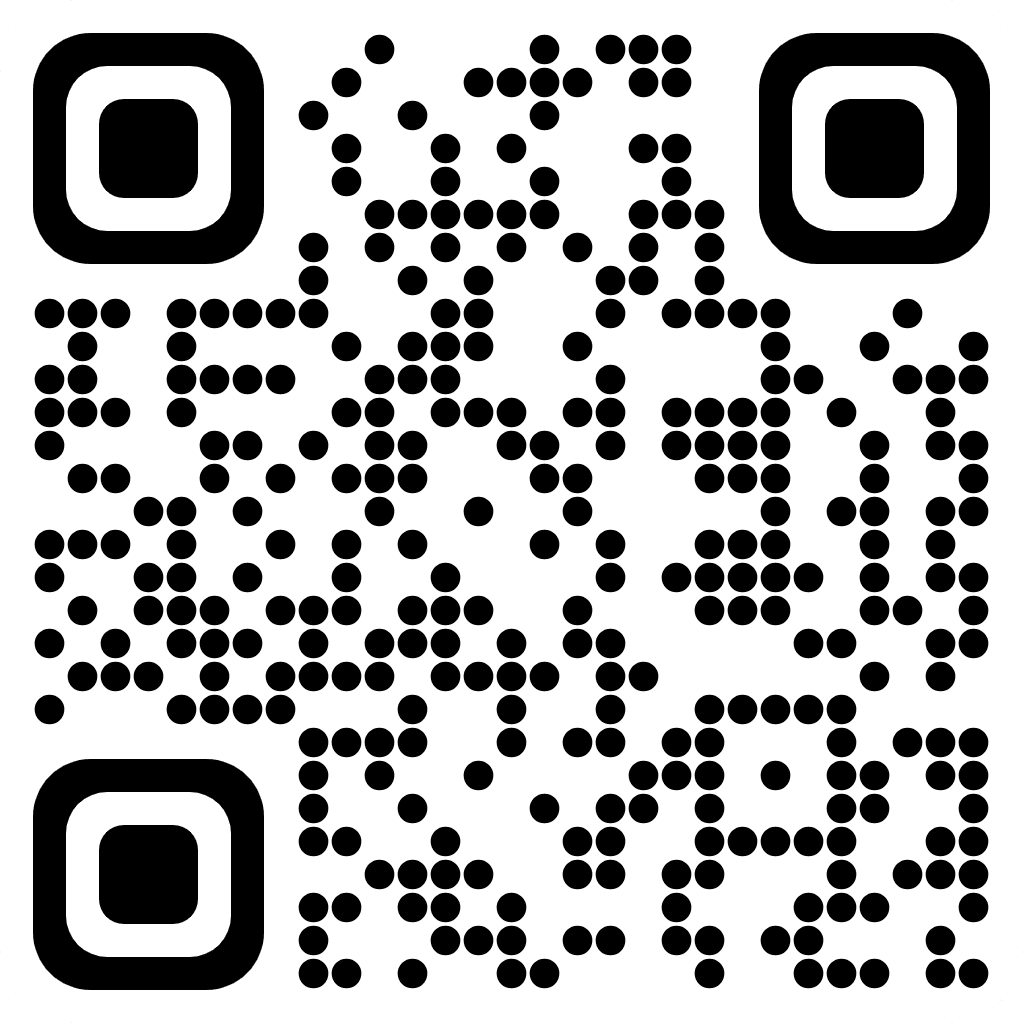PSYC1720 CHOICE Assignment
1. Parenting Advice Infographic (Chapters 2/3)
Chapter 2 and 3 contain important information for new or expecting parents. Choose one of the
topics listed below. Create an infographic that would help educate new or expecting parents.
What is an infographic? Infographics are meant to be "at-a-glance" methods of
communication that provide information very quickly and through visual images rather through
a lot of words. It's best to present the information concisely and avoid using paragraphs or long
sentences so the audience can take in the information at quick glance. The graphics chosen
should also help the audience take in the message clearly and quickly.
List of Topics
1. stages of prenatal development
2. risks to prenatal development
3. reflexes
4. APGAR
5. Newborn states
6. SIDS risk factors or how to reduce risk
7. temperament including tips for parents
8. breastfeeding
9. infant brain development including tips
for parents
10. motor skills and fine motor skills -
typical timeline
11. infant perceptual abilities
Use your textbook as your main source of information on your topic. Put the information into
your own words to demonstrate your understanding of the topic. Do not plagiarize!
Plagiarism on this assignment could include: Using someone else's infographic and pretending
it's yours; using another infographic and making a few changes and submitting it as your own;
using someone else's wording (the text, a website, another infographic). Plagiarism results in a
0 on the assignment and an academic integrity violation report.
Infographic Resources & Tips/nUse your textbook as your main source of information on your topic. Put the information into
your own words to demonstrate your understanding of the topic. Do not plagiarize!
Plagiarism on this assignment could include: Using someone else's infographic and pretending
it's yours; using another infographic and making a few changes and submitting it as your own;
using someone else's wording (the text, a website, another infographic). Plagiarism results in a
0 on the assignment and an academic integrity violation report.
Infographic Resources & Tips
The following are free services to create infographics. You will need to create an account, but
you do not need to pay anything to create or download your infographic.
https://piktochart.com
https://www.easel.ly
https://www.canva.com
• Google search good and bad infographics to get an idea of what infographics are and what
they should (and shouldn't) look like. Be creative!
Plan out your information so that you select a template that best fits your topic.
After creating your infographic, use the rubric to evaluate and refine your work.
Submission
Download your completed infographic and save it to your computer as a PDF. Upload your
infographic to the Choice Assignment Folder.
7
PSYC1720 CHOICE Assignment/nPSYC1720 CHOICE Assignment
2. Language Development Brochure (Chapter 4)
Create a brochure, based on information in Chapter 4, for parents of infants that explain a
child's typical language development.
Your brochure should include:
typical speech milestones from birth through age five
tips for what parents can do to help expand their child's vocabulary
whether videos are helpful or harmful to a child's language development
Format
You can create your brochure in Google docs, Word, or use a website such as Canva.
https://www.canva.com/create/brochures/
Tips:
Use your textbook as your main source of information on your topic. Put the information into
your own words to demonstrate your understanding of the topic. Do not copy the wording
directly from the textbook.
•
Good brochures are organized, attractive, and convey important information without too many
words and by using relevant images. Google to get an idea of what good brochures look like.
Plan the information and how to organize it, then search for a template that complements your
vision.
•
• After creating your brochure, use the rubric to evaluate and refine it./nyour own words to demonstrate your understanding of the topic. Do not copy the wording
directly from the textbook.
Good brochures are organized, attractive, and convey important information without too many
words and by using relevant images. Google to get an idea of what good brochures look like.
Plan the information and how to organize it, then search for a template that complements your
vision.
After creating your brochure, use the rubric to evaluate and refine it.
Do not plagiarize!
Plagiarism on this assignment could include: Using someone else's brochure and pretending
it's yours; using another brochure and making a few changes and submitting it as your own;
using someone else's wording (the text, a website, etc). Plagiarism will result is a 0 on the
assignment and will be reported to administration.
Submission
Download your completed brochure and save it to your computer as a PDF. Upload your
brochure to the Choice Assignment Folder.
PSYC1720 CHOICE Assignment/ncan or "should" do from the activities our parents do and don't do, from the activities they
encourage and discourage us to do, from the way they treat us and our siblings, etc. We also
learn about what is expected of our gender from peers, teachers, other adults in our lives, and
of course, from the media.
Describe several ways that you learned about gender role expectations for girls, women, boys,
and men during your young childhood years (before adolescence). For example, what
messages did you receive from family members, other adults, peers, and/or media about
gender? Describe both verbal messages (what was said) and nonverbal messages (what you
observed or what was implied). Be specific and try to remember how old you were.
This is not a research paper, but I would like you to refer to what Kail & Cavanaugh say in
Chapter 5. You should not use the internet for this assignment. I want to hear about how your
own personal experiences shaped your understanding of what is expected of girls/women and
boys/men during your childhood, and how it follows (or not) what's stated in the textbook.
General Guidelines:
• Use essay format with 12-point font, 1-inch margins, double-spaced, complete sentences,
more than 1 paragraph, proper grammar and spelling.
Upload your completed essay to the CHOICE Assignment folder in D2L Brightspace.
• Essays will be scanned for plagiarized material, so be sure that the essay is entirely your own
writing. Plagiarism will result in a 0 and will be reported to Administration. Do not use internet
sources.
•
I will provide feedback which you can read in D2L Brightspace, usually within 1 week, based
on the rubric.
• Assignments like this are designed to enable you to apply the material in ways that are
personal and meaningful. How much personal information you want to share is your decision.
Any personal material shared in your assignments will remain confidential.
Academic Integrity
Your essay must be your own work - your own thoughts and your own writing. Turning in
writing that was done by someone else (such as another student or an internet source) without
citation is plagiarism. This can include an entire essay, portion of the essay, copied language
with a few words changed, or ideas and language borrowed heavily from another source./ncludes all
Presents a full infographic,
mponents brochure or paper that
pts)
includes all required
components. Includes
appropriate level of detail.
curate
raphrasing
pts)
eativity /
per depth
pts)
Exemplary - 5 points
echanics
d format
pts)
Clearly and accurately retells
concepts from the textbook,
and other sources if used.
Meaning stays true and
demonstrates strong
understanding of concepts.
Shows strong creativity and
use of visual elements
(infographic and brochure).
Shows deep thinking and
insight about the topic
(paper).
Writing is free from spelling,
punctuation and
grammatical errors. There
are no run-on sentences or
fragments. Writing is
organized, typed double
space in 12-point font
(paper)
Needs some work - 4 points
Presents an infographic,
brochure or paper that
includes most required
components, or lacks some
detail.
Paraphrases concepts from
the textbook or other
sources. Meaning or phrasing
is inaccurate in a few places.
Minimal copying.
Needs significant work - 2
points
Writing may have a few minor
spelling, punctuation and
grammatical errors. There are
1-2 run-on sentences or
fragments. Writing may be
missing one of these:
organization, double space,
12-point font (paper).
Presents an infographic,
brochure or paper that doesn't
include all required components,
and/or lacks significant detail.
Attempted paraphrasing from
the textbook or other sources.
Meaning or phrasing is
inaccurate in multiple places and
includes significant lifting of
language.
Shows less than appropriate
level of creativity and use of
visual elements (infographic
and brochure). Shows
superficial thinking and
limited insight about the topic topic (paper).
(paper).
Incomplete - 1 point
Writing includes spelling,
punctuation and grammatical
errors throughout. There are
multiple run-on sentences or
fragments. Writing may be
missing two of these:
Incomplete or minimal.
Very unclear or copied.
Shows low level of creativity and Minimal.
use of visual elements
(infographic and brochure).
Shows superficial thinking and
very limited insight about the
Writing has spelling,
punctuation and
grammatical errors
throughout. Multiple
run-on sentences or
fragments. Missing
organization, double space, 12- organization, double
point font (paper).
space, or 12pt font
(paper).








